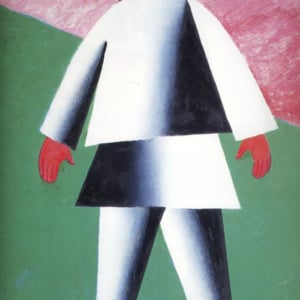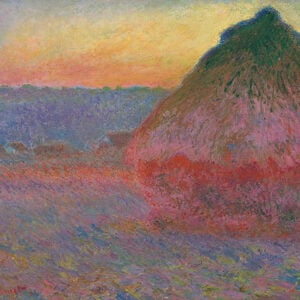Most people know Edgar Payne for his vast and mountainous landscapes, but it seems he was also keen on painting sailboats. Below is a collection of his sailboat paintings, plus some key observations:
- Notice the strong use of shape. This is typical of Payne’s work. He had a knack for transforming complex subjects into basic shapes.
- The subject, sailboats docked at harbor, is filled with interesting shapes and patterns. This plays well into Payne’s style and is perhaps why he created so many of these paintings.
- In many cases, the sailboats extend or just meet the top edge of the painting. This goes against standard composition theory, but it works. Another example of why you shouldn’t follow painting theory like rule-bound law. (If you want to deepen your understanding of composition, you might be interested in my Composition Breakdown course.)
- Painting the same subject over and over again allows you to gain a deeper understanding of it. The constant subject also allows you to explore changes in color and light. Claude Monet also did this with his series on water lilies, the Rouen Cathedral, and the Waterloo bridge, among others.
- A distinct style is hard to develop but incredibly powerful. I can easily spot Payne’s work from the crowd.
A note on developing your style:
It’s hard to force a style, let alone a popular one. First, focus on painting well. Your style will develop naturally over time based on your unique choices and actions. I can’t imagine Edgar Payne or Vincent van Gogh were too fussed about style; I like to believe that’s just how they enjoyed to paint.















Want to Learn More?
You might be interested in my Painting Academy course. I’ll walk you through the time-tested fundamentals of painting. It’s perfect for absolute beginner to intermediate painters.
Thanks for Reading!
I appreciate you taking the time to read this post and I hope you found it helpful. Feel free to share it with friends.
Happy painting!
Dan Scott

Draw Paint Academy






